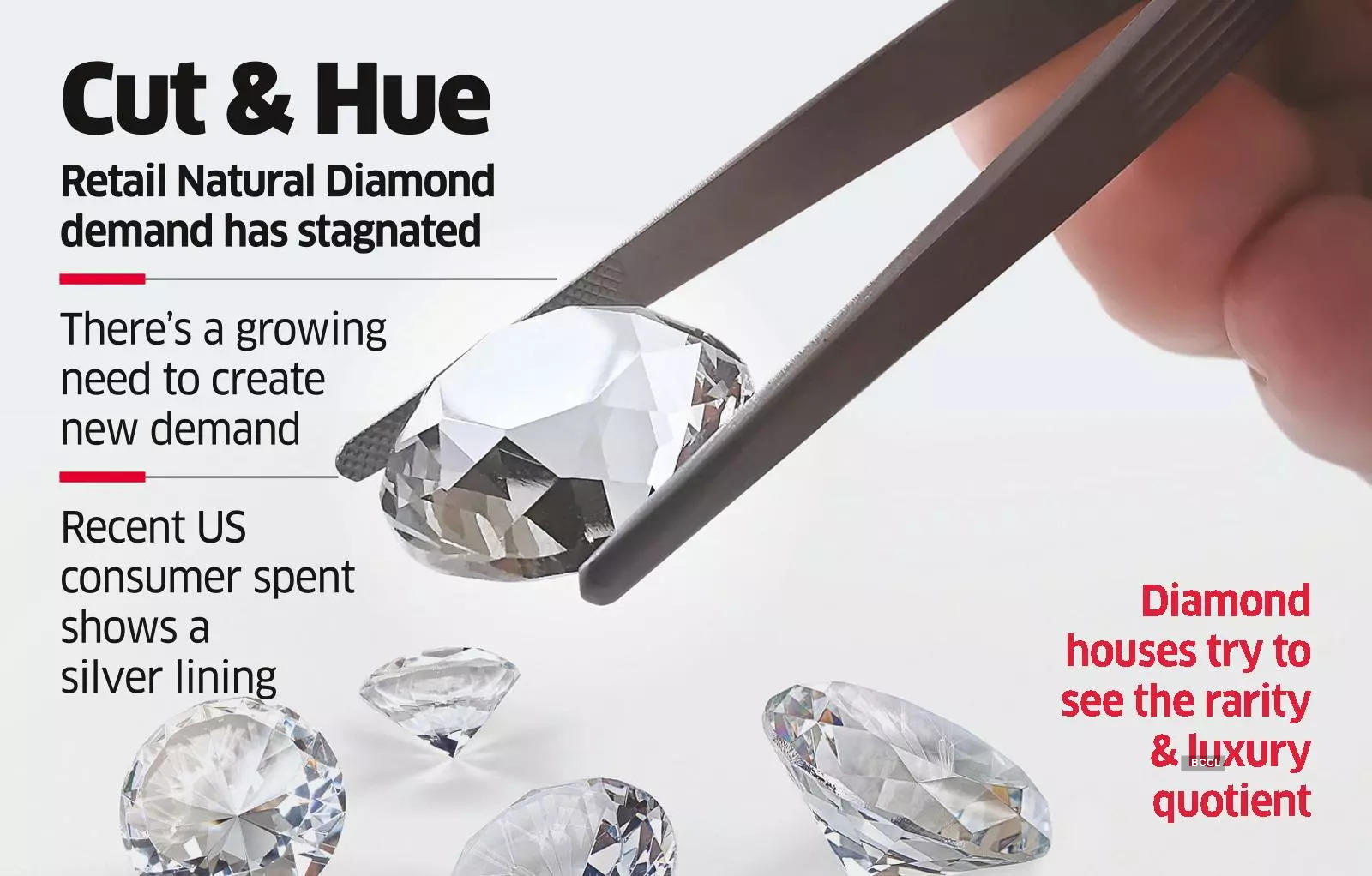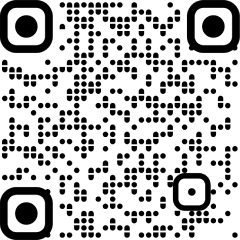Mumbai | Kolkata: A quaint and simple Japanese engagement ceremony was dramatically transformed in the late 60s when DeBeers, the dominant cartel of the day, sold the idea of a diamond ring to young Japanese riding the post-war prosperity. A campaign waged by a group that was criticised amid the anti-apartheid wave, altered the age-old custom of an Asian society steeped in tradition, and added a riveting chapter in marketing literature.
After five decades, another ad blitz is about to begin on the other side of the East China Sea, as diamond houses, miners and retailers put their money and heads together to win back choosy Chinese consumers at a time when the world of natural diamonds is at a cross-roads.
Unlike the conquest of a new market (like Japan) in another era, today it’s a battle for survival in a complex, fragmented world to regain a market that was lost to the ravages of Covid-19. During the pandemic years, distressed Chinese households, which had been earnestly purchasing the precious stone over the decade, discovered to their dismay that diamonds, unlike gold, did not fetch the resale value when they needed it the most. As more and more Chinese turned towards a more fungible asset like gold, diamond demand from China, once accounting for about one-third of the cut and polished diamond market, shrank. Now, efforts are underway to woo them back.“We had a couple of meetings with Chow Tai Fook. The final meeting is scheduled at the Hong Kong Jewellery Show in the second week of September. We have planned a big campaign in China along with Chow Tai Fook and De Beers,” Vipul Shah, chairman of India’s Gem & Jewellery Export Promotion Council (GJEPC). Eight out 10 rough stones mined are cut and polished by skilled diamantaires in Surat. “We will use every marketing channel to revive confidence among Chinese buyers in natural diamonds,” Shah.
The campaign would cost $8-10 million, said trade circles. The global retail demand for diamonds is lower than what it was 15 years ago with the sale of polished stones down from $21.8 billion in 2014 to $16.3 billion in 2023. While supply of roughs could stay largely unchanged at 100-110 million carats, the hunt is on for buyers amid low demand, US sanctions on Russian mines, fears of slowdown in America, and lab-grown and artificial diamonds with an entirely different dynamics — unchecked factory supply and a fraction of the price — nibbling at the market.
A different challenge
Last week, a meeting of natural diamond houses was held in Mumbai to discuss the road ahead. They have overcome the sudden crunch during the financial meltdown of 2008-09, but are sensing a different challenge this time around. Even De Beers, once a force to be reckoned with, is weighing new strategies.
“The natural diamond world is at a tipping point. Rough supply will be the same for about a decade, but demand is not going up. Retail consumption has been stagnant for the last 15 years. Unless we start addressing the demand issue in a big way, there could be serious challenges,” said Pranay Narvekar who closely tracks the trade and advises the industry.
Many in the trade, however, are counting on the recent data from the US, which is half the retail natural stone market, showing 8.5% rise in revenue in July from loose and finished natural diamond on the back of higher consumer spending. The jury is out on whether it would sustain.

The value & luxury quotient
Meanwhile, a simultaneous marketing campaign is being planned for the Indian market which has been promising in the past one year. Kirit Bhansali, vice-chairman of GJEPC, said a meeting has been planned next week with leading jewellers such as Malabar Gold & Diamonds, Kalyan Jewellers, Tanishq, Joyalukkas and other stakeholders to launch a generic campaign for natural diamonds. “The aim is to further promote diamonds at home so that we can fall back on the domestic demand till exports pick up,” said Bhansali.
Along with the 1948 tagline ‘A Diamond is Forever’, many US jewellers use the 2016 slogan, ‘Real is Rare; Real is Diamond’ to remind millennials of the luxury element and value of natural stones — a concept that has fascinated economists for 250 years.
In 1776, Adam Smith raised the paradox that diamonds were prized possessions while water, which was essential for survival, had little value. Resolving the riddle, about a century later, Karl Marx in 1867 had famously said, “If we could succeed at a small expenditure of labour, in converting carbon into diamonds, their value might fall below that of bricks.” Marx’s logic was simple: diamonds take a lot of ‘labour’ to produce, but water does not. Lab-grown stones were not in anyone’s wildest imagination then.
“It all boils down to selling the ‘diamond dream’ — whether consumers perceive it as a luxury, as an aspiration,” said Narvekar. “If they stop dreaming, all bets are off,” he said. The question is: where are the dreamers?


